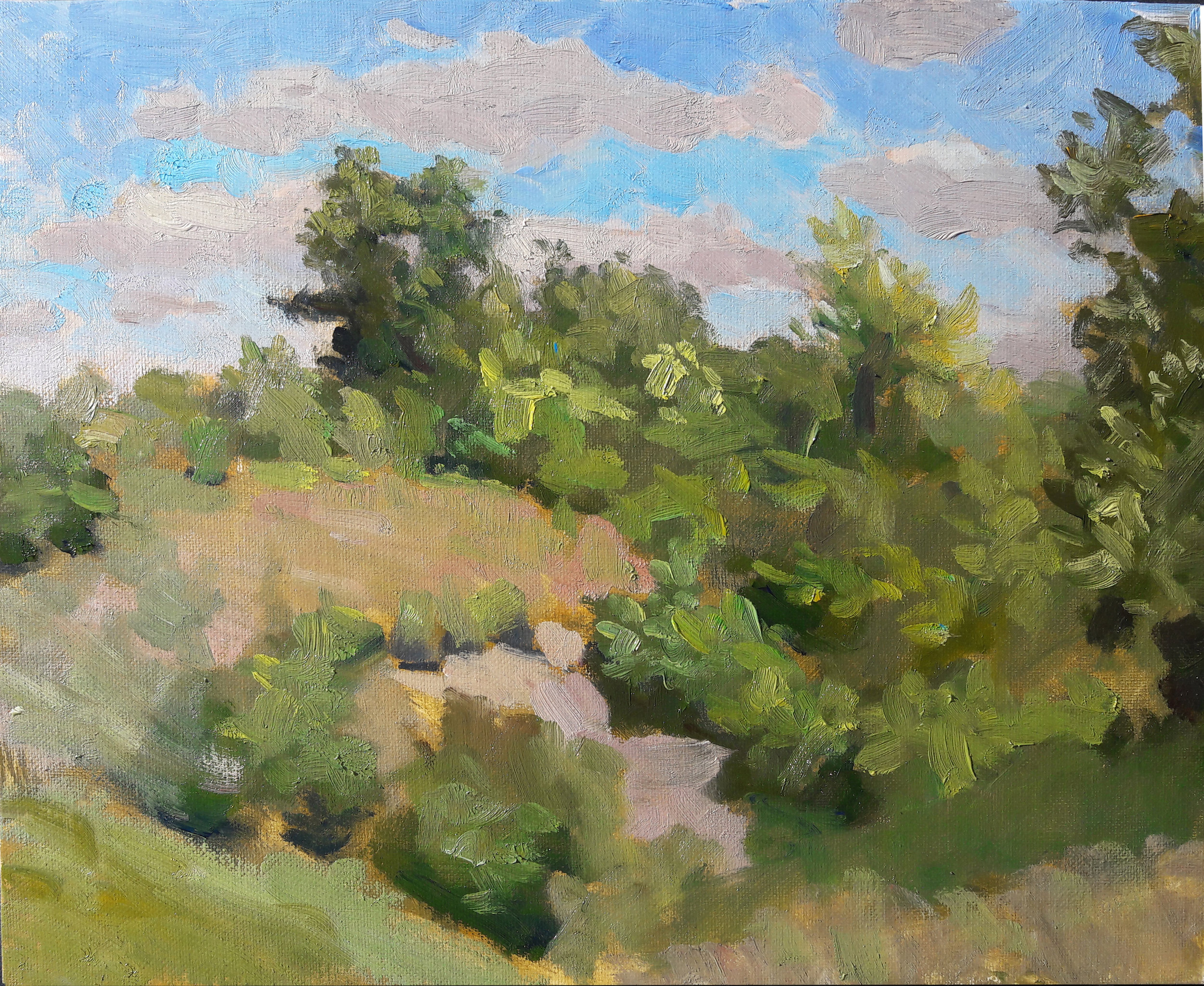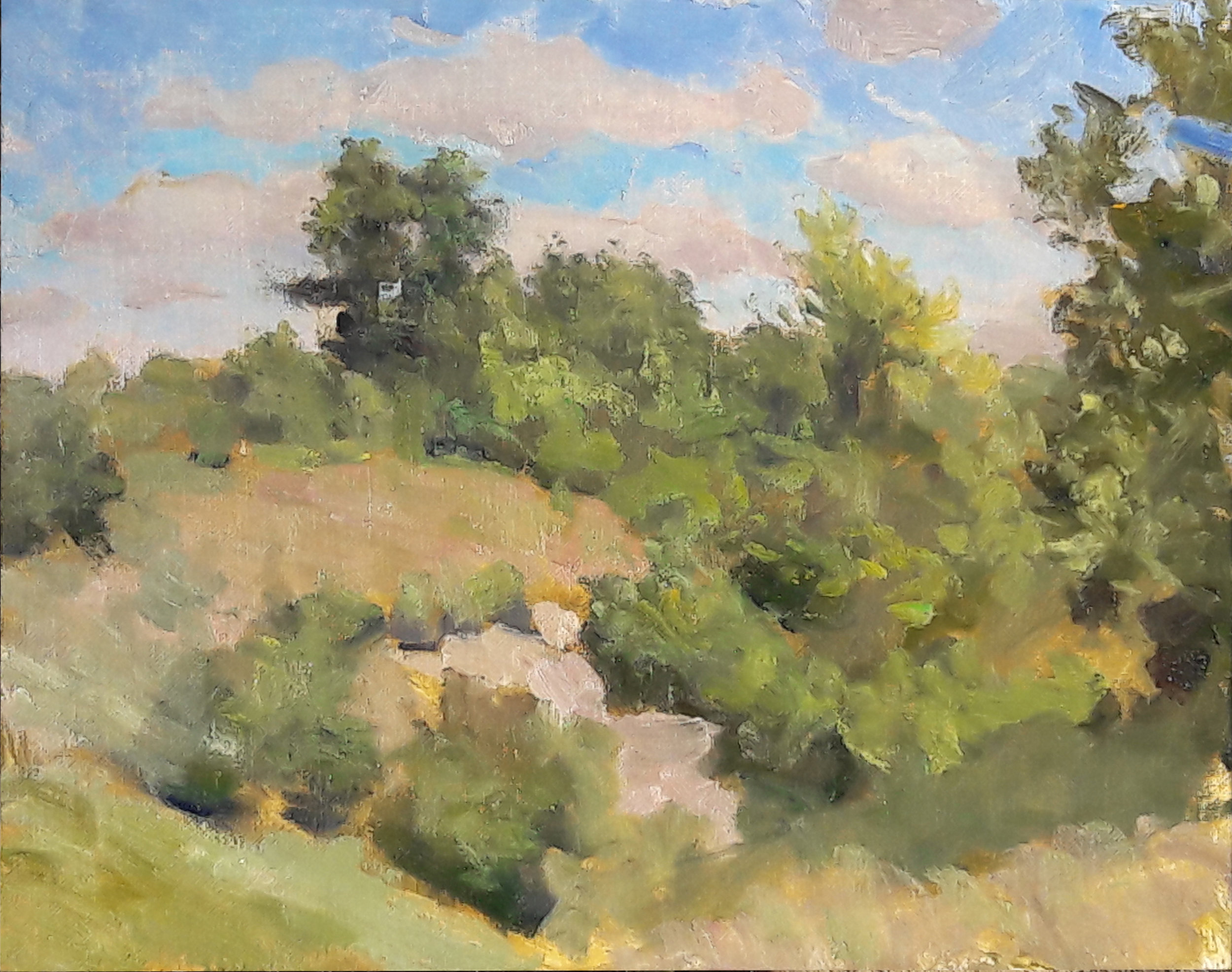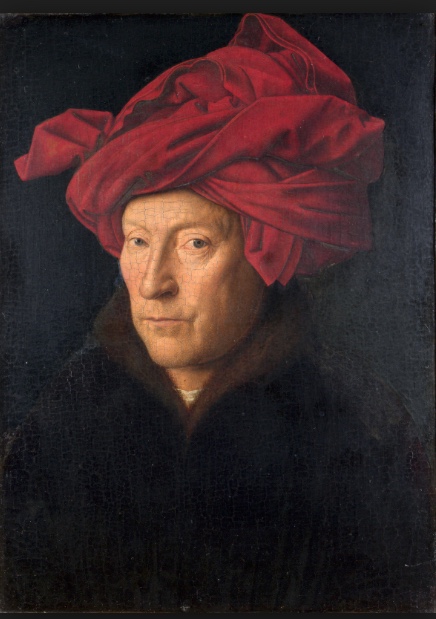Scouting
The search for a motif undoubtedly is like similar activities in all areas of the arts. Where does a composer find a tune, or a writer find a plot? If one wishes to paint outdoor scenes, what do you choose to paint? It is a dreary process. I’ve spent days in my truck, driving around, looking for something that will stimulate me. Birge Harrison wrote that great compositions surround us everywhere we look, and he probably had a point, but I’ve gone through a lot of time and gasoline looking. I call the process scouting. I mean, I literally call it scouting. In the little black book in which I record my business expenses and mileage, time spent looking around for something to paint fits under the category “scouting”. Logic tells us that it’s as important a use of one’s time as stretching canvases, cleaning brushes, or actually painting. But it’s a lonely and frustrating time. It makes me feel unemployed.
I have no sage advice to offer others in how to scout out scenes. In recent years I’ve tried to limit myself to a set number of miles to drive, but I don’t particularly recommend that.
Good locales occasionally drop in your lap. In June 0f 2017 I parked alongside this spillway, which I’d passed hundreds of times for several years. I ended up spending most of the summer there, working on two versions of the same scene.
More usually, you wander around, make sketches, think about it all. I took a still life class taught by Richard Luschek a few years ago, and his procedure was to accumulate a collection of objects — glasses, statuary, fabric, knickknacks and the like. Luschek had his students grab a few objects, study them for a while, and then wander off by themselves, without the objects but with a scratch pad. In this fashion, you construct a picture from your imagination, making use of the objects you chose.
Similarly, you go out scouting, thinking about what you see, and eventually you assemble all of it into what you hope will be a good picture.
Luschek insists that if something in your still life setup needs to be changed, one changes it physically, rather than maniupulating size, shape or position with a paint brush. The setup is king, as is the screenplay to certain film directors. Similarly, I don’t believe in changing what I see once a motif has been found, except when necessary to change the positions of things. For example, if a line in a scene leads the viewer’s eye outside of the picture, a tree or shrub can be placed there to block the exit.
Okay, I can give you one rule. No matter how lonely a day you have scouting, make a point of coming back with something. I carry a stack of canvas panels. A half-hour spent sketching a scene, any scene, can be very encouraging. The sky is always fun to paint. But pretty much anything will teach you something about what paint will do.
Today there were no clouds and no people. So I pulled alongside a lake and sketched what I saw.
I seldom am able to sell stuff like this except to other painters. But it’s a good way to end a day spent in search of the elusive composition.













































